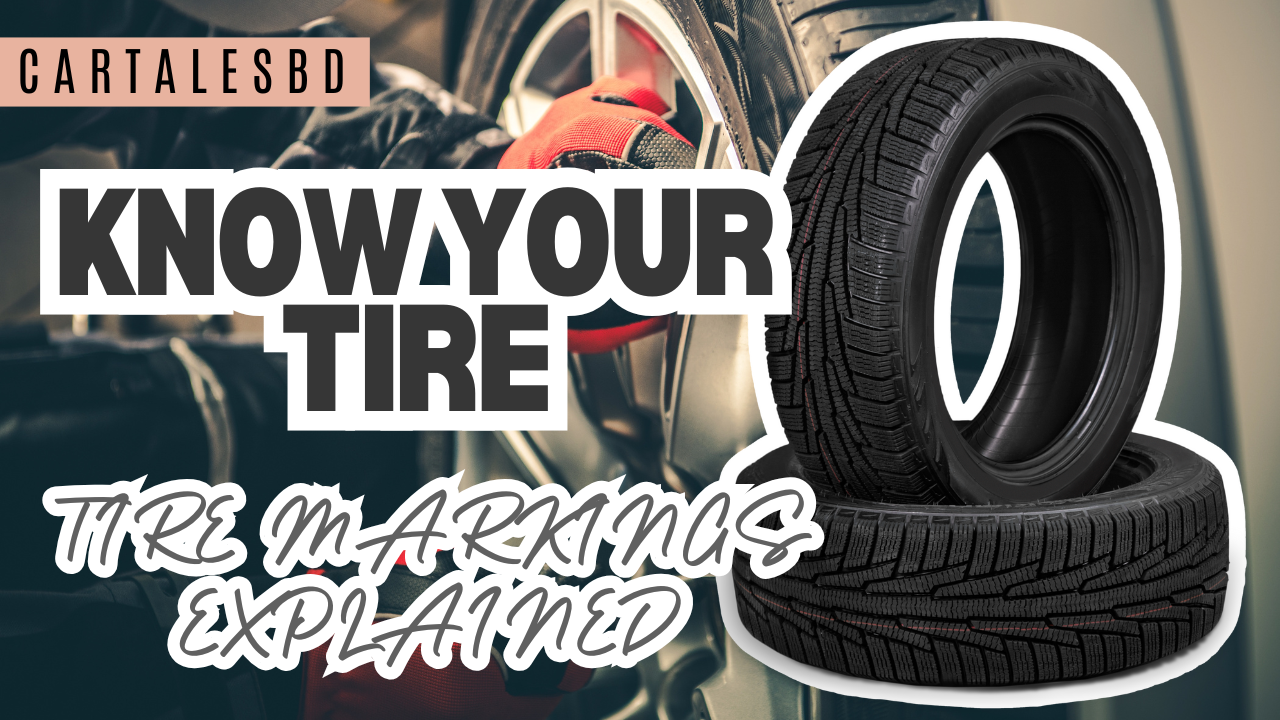Ever glanced at the jumble of numbers and letters on the side of your car’s tire and thought, “Am I reading a secret code for aliens?” Don’t worry; you’re not alone! Those markings aren’t some cosmic mystery—they’re actually very helpful (and surprisingly logical) indicators of your tire’s size, capabilities, and compatibility with your car.
Let’s break it down, piece by piece, using an example tire marking: 195 / 55R 16 87 V.
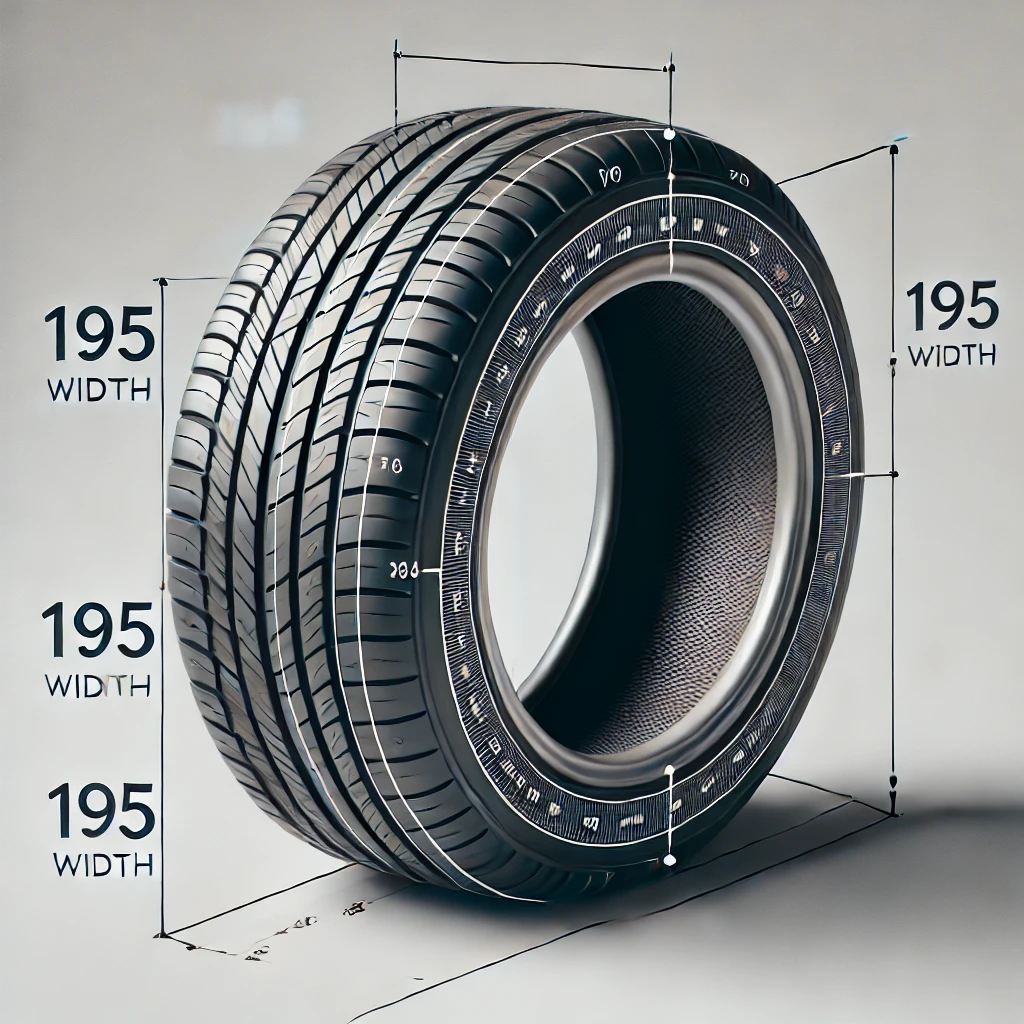
- 195 (Width)
This number is not your tire’s waistline—it’s its width! The 195 represents the tire’s width in millimeters, measured from one sidewall to the other. So, this tire is 195 mm wide.
Think of it like this: it’s the horizontal stretch of your tire when it’s flexing its muscles. Wider tires give better grip, while slimmer ones are like a sprinter in cleats—light and speedy!
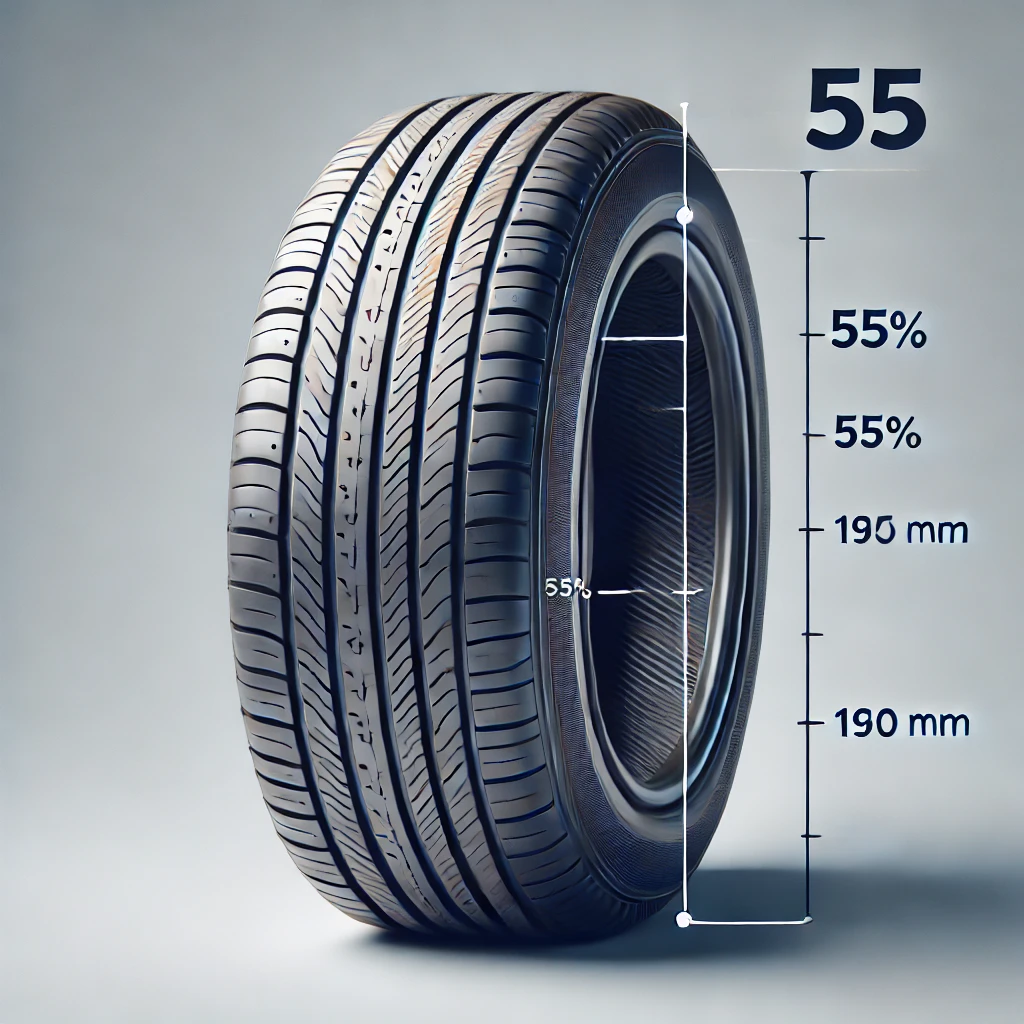
- 55 (Aspect Ratio / Profile / Section Height)
Here’s where math joins the party. The aspect ratio is the height of the sidewall expressed as a percentage of the tire’s width. For this tire, 55% of 195 mm = 107.25 mm.
So, the sidewall is just over 10 cm tall. If this number were lower (e.g., 40), the tire would look more like a rubber band wrapped around your rim. Taller ratios mean more cushioning—ideal for smooth rides, but with a touch less cornering precision.
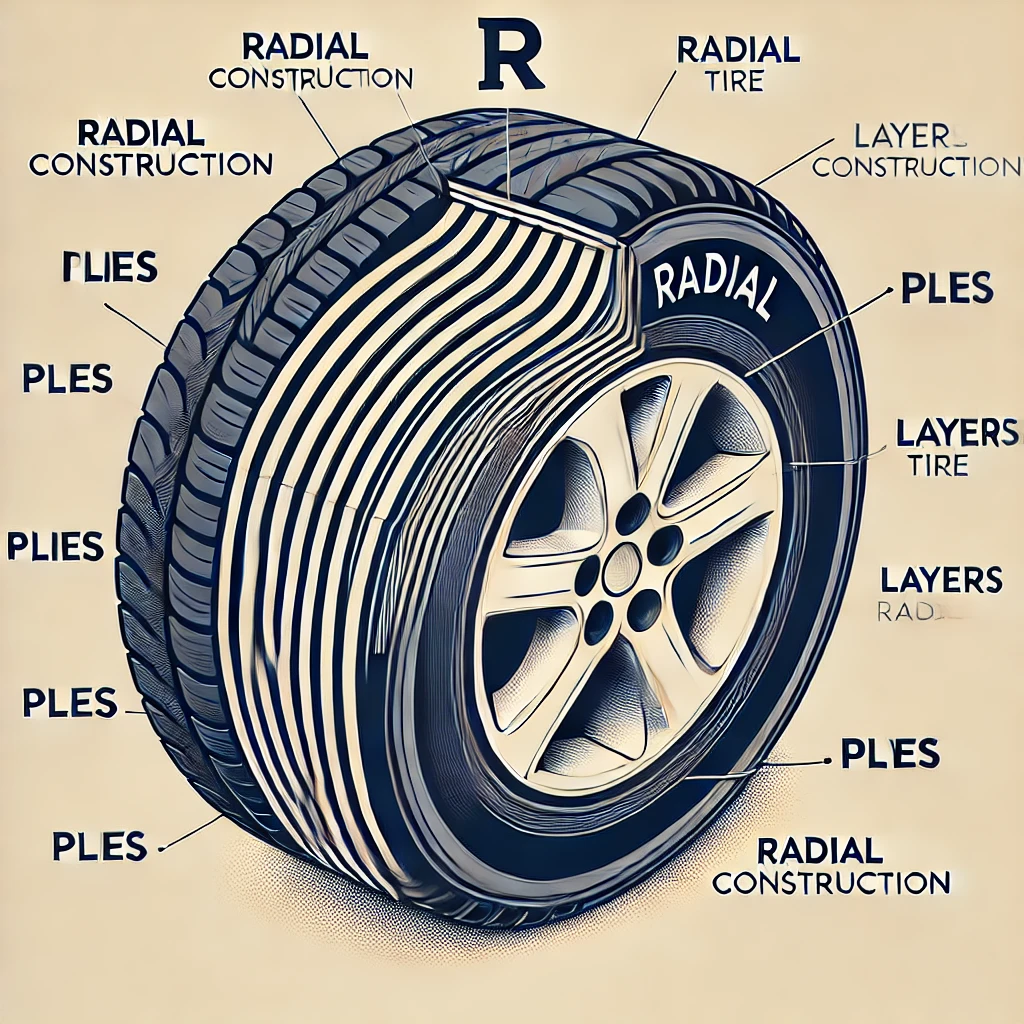
- R (Radial)
Ah, the R. It doesn’t stand for “Really Cool Tire,” but it might as well! This “R” indicates that the tire has a radial construction, where the plies (layers inside the tire) are arranged radially across the tire.
Radial tires are like that one reliable friend—they’re everywhere, and they rarely let you down.
- 16 (Diameter)
The number 16 is the rim diameter in inches, which is basically the tire’s inner circle size. This is where the tire meets the wheel, literally.
If your rim diameter doesn’t match your tire size, you’ll have a bad time—imagine trying to put on shoes two sizes too small.
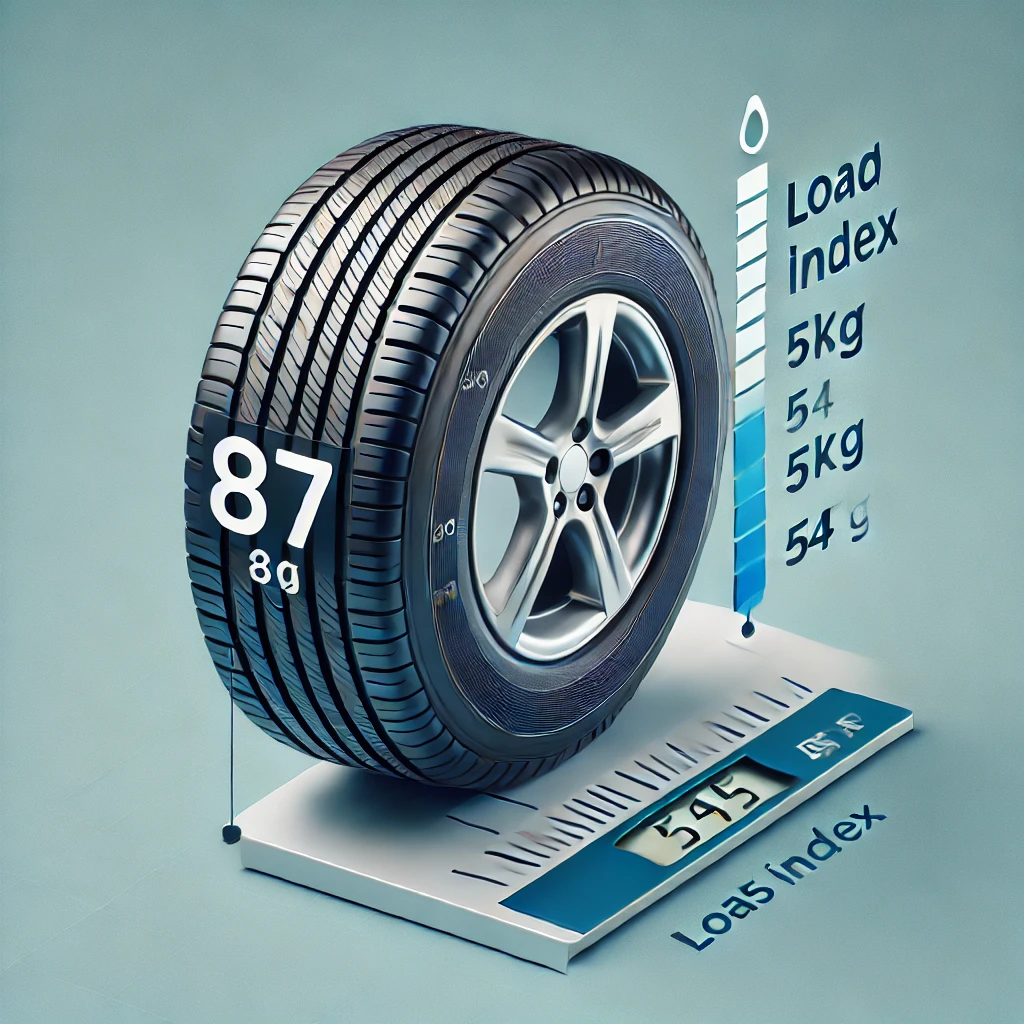
- 87 (Load Index)
The load index is like the tire’s weightlifting badge. The number 87 corresponds to a load capacity of 545 kg per tire. Multiply that by four, and you’ve got a car capable of carrying a lot of groceries.
But don’t get carried away; this number isn’t a challenge. Stick to your car’s recommended weight limits unless you want your tires to give you a flat farewell.
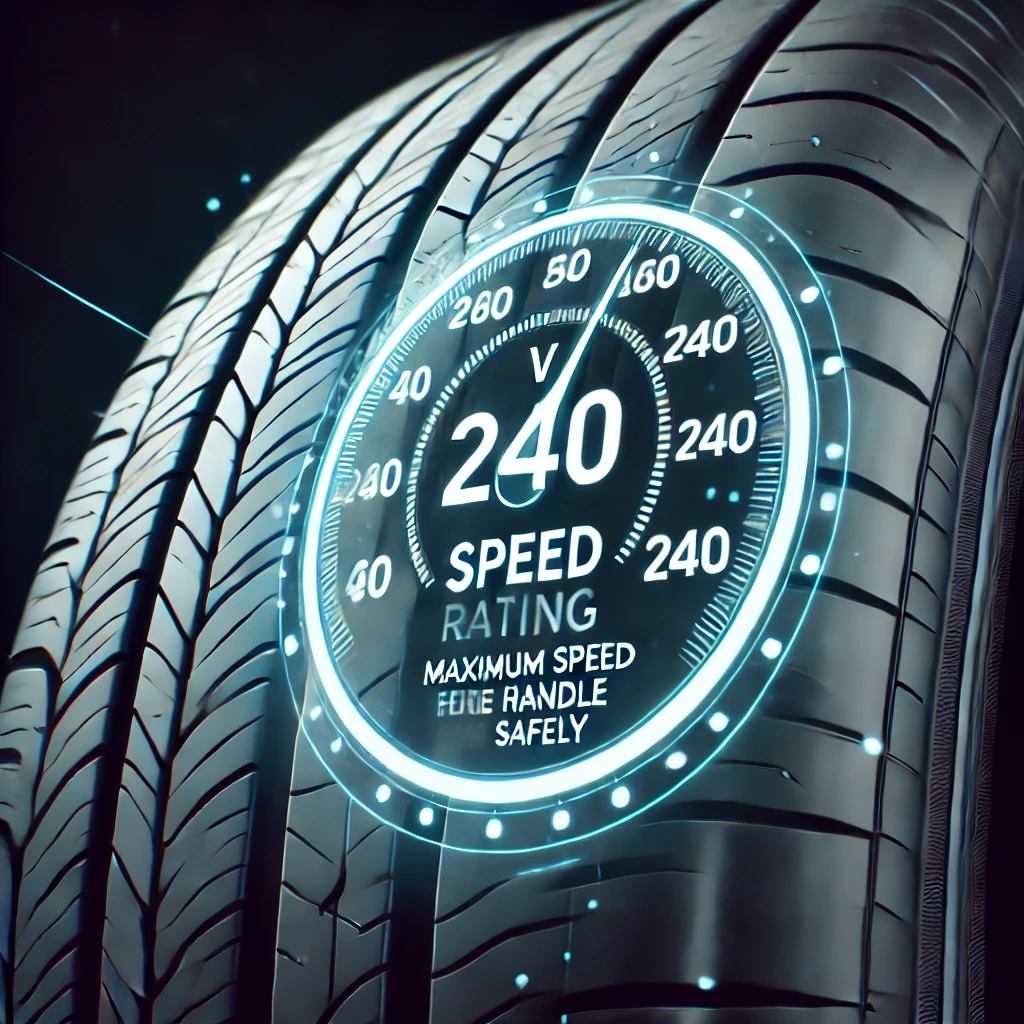
- V (Speed Rating)
The V is your tire’s speed limit—kind of like its personal top gear. A V rating means your tire can handle up to 240 km/h (149 mph) safely.
While it’s tempting to test this on an open road, remember: tires have feelings too. Keep it within reasonable speeds unless you’re auditioning for the next Fast & Furious movie.
Why These Markings Matter
Tire markings aren’t just there for show—they’re the key to choosing the right tire for your car. They tell you whether the tire will fit, how much it can handle, and how fast you can go. Neglect these, and you might end up with mismatched tires, which is a surefire recipe for disaster (or at least awkward looks from the guy at the garage).
Fun Analogies for Quick Recall
Width (195 mm): Think of it as your tire’s footprint.
Aspect Ratio (55%): It’s the leg-to-body ratio. (A low profile = sporty, high profile = comfy.)
Radial (R): It’s the tire’s yoga style—flexible but sturdy.
Diameter (16): Like finding the perfect-sized hat; it has to fit just right.
Load Index (87): Tire’s gym strength—don’t overpack!
Speed Rating (V): Tire’s party mood: cruising or speeding.
